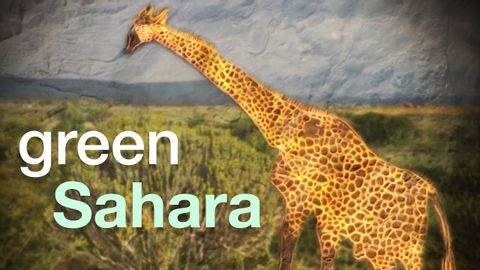
Subtitles & vocabulary
Rock Art in the Green Sahara
00
Nai Ching Hsiao posted on 2021/03/06Save
Video vocabulary
period
US /ˈpɪriəd/
・
UK /ˈpɪəriəd/
- Noun (Countable/Uncountable)
- Set amount of time during which events take place
- A way to emphasize what you will say
A1TOEIC
More represent
US /ˌrɛprɪˈzɛnt/
・
UK /ˌreprɪ'zent/
- Transitive Verb
- To depict art objects, figures, scenes; to portray
- To show or describe something in a particular way
A2TOEIC
More climate
US /ˈklaɪmɪt/
・
UK /ˈklaɪmət/
- Noun (Countable/Uncountable)
- Typical weather conditions in a particular place
- The general attitudes, feelings, or opinions that people have at a particular time.
A2
More roughly
US /ˈrʌflɪ/
・
UK /ˈrʌfli/
- Adverb
- Approximately; (of numbers) about; around
- In a manner that is violent or not careful
B1
More Use Energy
Unlock All Vocabulary
Unlock pronunciation, explanations, and filters
